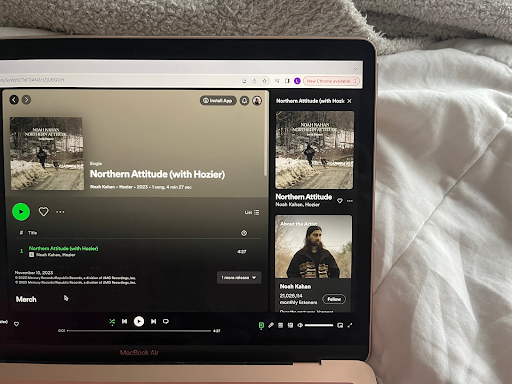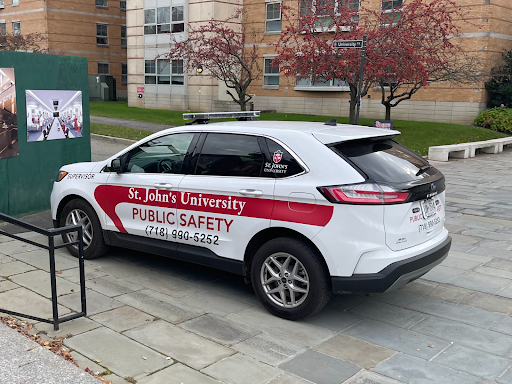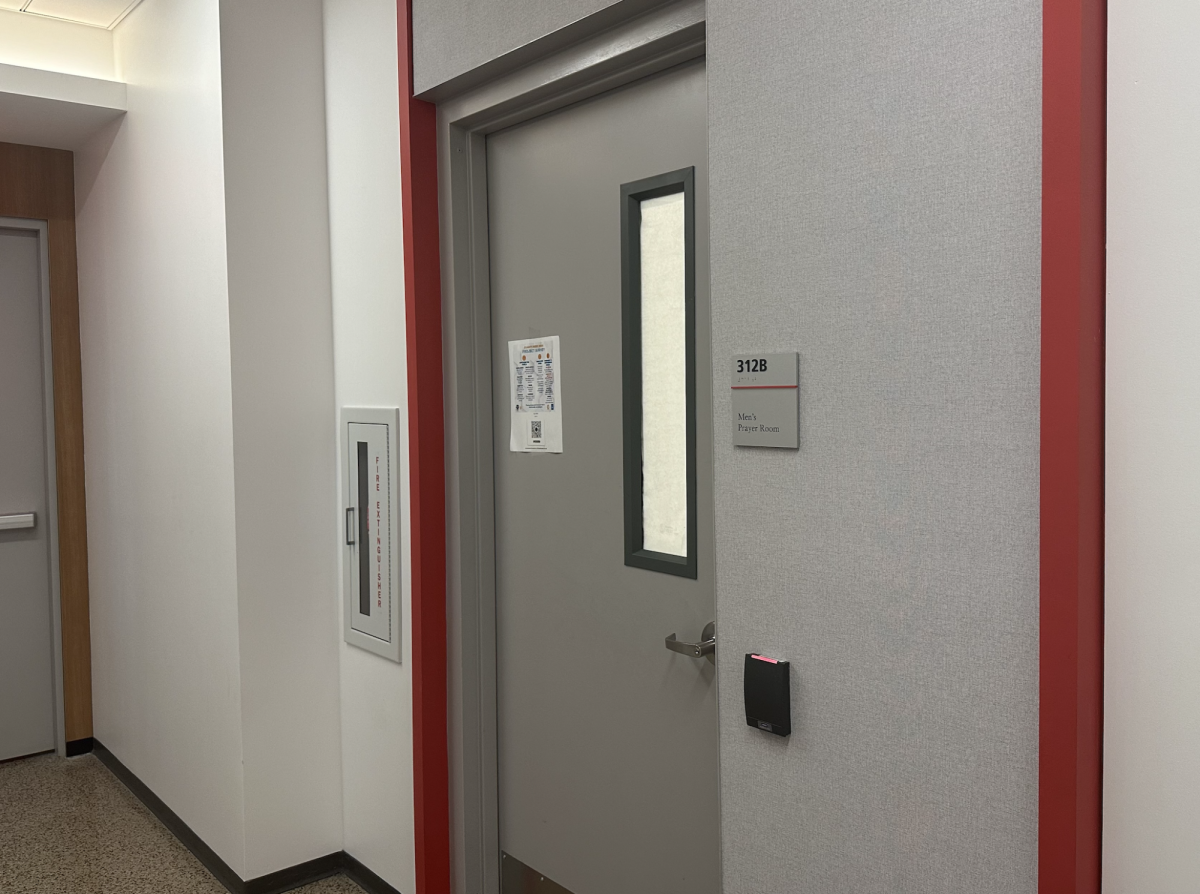As the Torch prepared for the last issue of the school year, its new editorial board found out that the newspaper — and its 13 editors and two business managers — will be moved this summer to a new office that currently hosts three graduate assistants.
As consolation, Torch staff said, school administrators outlined plans to fashion the new, slimmed-down workspace like the “modern newsrooms” of Google and Twitter with things like bean bag chairs and stand-up workstations. The two tech and social media giants do not have working newsrooms.
The announcement sparked outrage from current and former staff at the paper, which is financially independent from the school, as well as speculation that this decision may have been in response to Torch coverage of difficult issues over the past couple of years.
The three people who delivered the news in a 45-minute meeting Tuesday were Dr. Douglas Geiger, associate vice president of student affairs, Dominic Baccala, assistant to the vice president, Jesse Adamo-Grimes, administrative director for student affairs and project manager. A request for interviews with them and any other administrator who was involved in the decision-making process was declined. Instead, a University spokeswoman provided a statement attributed to Geiger:
“[Tuesday], I led a meeting with the editorial board of the Torch to discuss the need to reassign the newspaper’s offices as part of a larger realignment to maximize space efficiency on the first floor of the D’Angelo Center,” he said.
“At present, the Torch shares office space with two other student organizations. The suggestion was to have the Torch move to a new, private room that is equal in size to the space they are currently assigned.”
Editor-in-Chief Samantha Albanese said she has fielded concerns about the University’s motivations in conversations with past Torch staffers and others in the school community about the sudden move.
Managing Editor Olivia Cunningham echoed Albanese’s concerns. “There are two weeks left in the semester and … we were just told that this would be happening. There was no discussion with the student staff at all.”
Albanese and Cunningham said they are scheduled to meet with Kathryn Hutchinson, vice president for the division of student affairs, on Friday to discuss the staff’s concerns.
The abrupt news of the move drew concern from deans and professors associated with the communication field according to people spoken to for the story. Director of the journalism program and Associate Professor Mark Prendergast said it is in the best interest of the Torch and the journalism department for the newspaper to continue using its current space.
“I was troubled by [the news] especially given the description to me of the new quarters which don’t sound very conducive to the operations of the Torch, the fostering of a little journalism culture for our journalism students and for the teaching of the practicum [class] which traditionally uses the Torch newsroom and produces stories for the Torch,” he said.
In the meeting between staff and Baccala, Adamo-Grimes and Geiger, the administrators said the Torch, in its current office, was originally intended to utilize the cubicle space that borders around its computers and has since taken over most of the room. The new location would be equal in terms of square footage to that originally intended space.
According to the plans, the Torch would have access to a conference room across the hall from the new space, while the newspaper’s archives would be relocated to space near a secretary’s desk in room 123; which means The Torch would be split into three different fluctuating locations, the staff said.
“I think this all stems from a misunderstanding of how a real print newspaper works,” Cunningham said. “Our needs were not assessed, we were not consulted, the former E-board was not consulted on how we can move forward.”
The Torch staff comprises 13 editors and two business managers, all of whom are expected to be present during the production of the paper each Tuesday, Albanese and Cunningham said. Also present for production are copy editors – usually numbering around five – and staff writers who come and go. In total, more than 20 people are in the office at some points during a typical Tuesday production night.
“There’s no way 15 or 20 people can fit into that room with desks and chairs and frankly it might be a fire hazard to have that many people in there,” Cunningham said.
The Torch had no knowledge of the third organization mentioned in Geiger’s statement that is allotted the same office as the paper, but when asked, the University spokeswoman clarified, saying that it is the Sequoya Literary and Arts Magazine.
Incoming Editor-in-Chief of the magazine — and current Chief Copy Editor of the Torch — Natalie Hallak said she wasn’t aware the magazine had space in the room.
“We meet in the writing center conference room,” she said. “And I had no idea that [room 125] was for Sequoya use as well.”
In his statement, Geiger said that a follow-up meeting between administrators and Torch staff was proposed for the near-future and that a suggestion to move to another location was being considered.
Another concern voiced by people affected by the move was the closure of a space used to foster journalism discussion, host guest journalists as speakers and simply provide an area for like-minded students to gather.
“Journalism is a collaborative effort. Journalists work together to gather information, to analyze information, to prepare information and to present it,” Prendergast said.
“If our students merely go to class and then go out on their own without a place to sort of gather and work together, the program suffers. It’s always been my desire to see the Torch be a sort of focus of the journalism community on campus where students who are majoring in journalism or deeply interested in it – that’s a place to go, to work together on the Torch, but also just to be together.”
The reporting in this article was done by Kieran Lynch, who ended his year-long tenure as Editor-in-Chief of the Torch this March. He was asked by the current editorial board to report independently on the story involving the paper. The article was edited by former Torch editors and was not viewed by the current Torch staff before publication.














